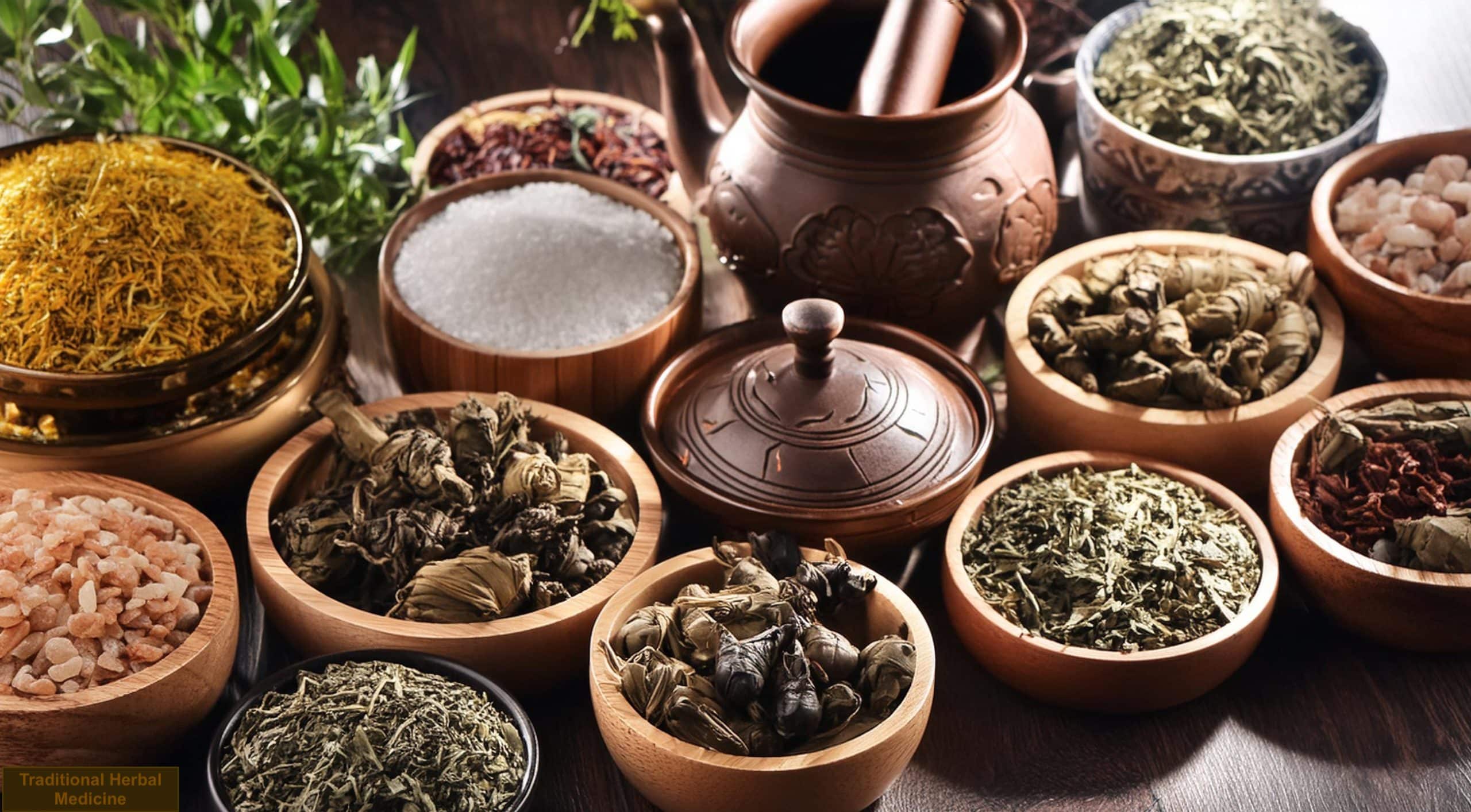
People all over the world have used traditional herbal medicine and medicinal plants for thousands of years. These plants help treat illnesses and keep people healthy. Let's explore how different cultures use these amazing plants for healing.
Introduction to Medicinal Plants and Herbal Medicine
Medicinal plants are plants that have special powers to help us stay healthy. Herbal medicine means using these plants in different ways, like making teas, salves, or capsules, to help us feel better.
Traditional Chinese Medicine (TCM)
Historical Background: Traditional Chinese Medicine (TCM) has been around for over 2,000 years. It focuses on balancing the body's energy, called Qi, using herbs, acupuncture, and other methods.
Key Medicinal Plants:
- Ginseng (Panax ginseng): Boosts energy and helps overall health.
- Licorice Root (Glycyrrhiza glabra): Helps with digestion and balances other herbs.
- Ginger (Zingiber officinale): Treats nausea, colds, and digestive problems.
Uses and Practices: In TCM, herbs are often mixed together to create special formulas that fit each person's needs. This helps balance the body's energy.
Ayurveda
Historical Background: Ayurveda started in India more than 3,000 years ago. It focuses on balancing the body, mind, and spirit using herbs and other practices.
Key Medicinal Plants:
- Turmeric (Curcuma longa): Reduces inflammation and acts as an antioxidant.
- Ashwagandha (Withania somnifera): Helps the body handle stress.
- Holy Basil (Ocimum sanctum): Boosts the immune system and reduces stress.
Uses and Practices: Ayurvedic doctors use herbs to balance three energies in the body called doshas (Vata, Pitta, and Kapha). They also suggest changes in diet and lifestyle to help maintain this balance.
Indigenous Healing Practices in the Americas
Historical Background: Indigenous peoples in North and South America have used plants for healing for many centuries. They rely on local plants to treat health problems.
Key Medicinal Plants:
- Echinacea (Echinacea purpurea): Boosts the immune system and fights infections.
- Willow Bark (Salix spp.): Relieves pain and reduces inflammation, similar to aspirin.
- Aloe Vera (Aloe vera): Soothes burns and skin irritations.
Uses and Practices: Indigenous healers often include spiritual rituals in their healing practices. They pass down their knowledge through generations and have a deep respect for nature.
Traditional European Herbal Medicine
Historical Background: European herbal medicine has roots in ancient Greece and Rome and was expanded by medieval and Renaissance herbalists.
Key Medicinal Plants:
- Chamomile (Matricaria chamomilla): Calms the mind and helps with sleep and digestion.
- Peppermint (Mentha piperita): Eases digestive problems and headaches.
- St. John’s Wort (Hypericum perforatum): Treats mild depression and anxiety.
Uses and Practices: European herbalists wrote books that collected their knowledge of plants. These books are still used today to learn about herbal medicine.
African Traditional Medicine
Historical Background: African traditional medicine includes many different practices and beliefs. Herbal medicine is very important in African cultures.
Key Medicinal Plants:
- African Potato (Hypoxis hemerocallidea): Boosts the immune system.
- Devil’s Claw (Harpagophytum procumbens): Reduces inflammation, especially in arthritis.
- Rooibos (Aspalathus linearis): Acts as an antioxidant and a calming tea.
Uses and Practices: Traditional healers, called sangomas or herbalists, use plants along with spiritual practices to create remedies for their patients.
Middle Eastern Traditional Medicine
Historical Background: Middle Eastern herbal medicine combines Greek, Roman, and traditional Arab knowledge. Scholars like Avicenna wrote important texts about medicine.
Key Medicinal Plants:
- Black Cumin (Nigella sativa): Boosts the immune system and reduces inflammation.
- Frankincense (Boswellia spp.): Reduces inflammation and helps with respiratory problems.
- Fenugreek (Trigonella foenum-graecum): Supports digestion and helps with breastfeeding.
Uses and Practices: Middle Eastern medicine uses plants in teas, tinctures, and other forms. It also includes dietary and lifestyle advice to keep people healthy.
Conclusion
Medicinal plants and herbal medicine have been used by different cultures for thousands of years. Each culture has its own way of using herbs to heal and stay healthy. By learning from these traditions, we can use the wisdom of the past to help us today.
References
- National Center for Complementary and Integrative Health (NCCIH). "Herbs at a Glance."
- University of Maryland Medical Center. "Herbs and Supplements."
- "The Western Herbal Tradition: 2000 Years of Medicinal Plant Knowledge" by Graeme Tobyn, Alison Denham, and Margaret Whitelegg.
- "Ayurveda: The Science of Self-Healing" by Dr. Vasant Lad.
- "Shamanism and the Medicine Path" by Michael Winkelman.